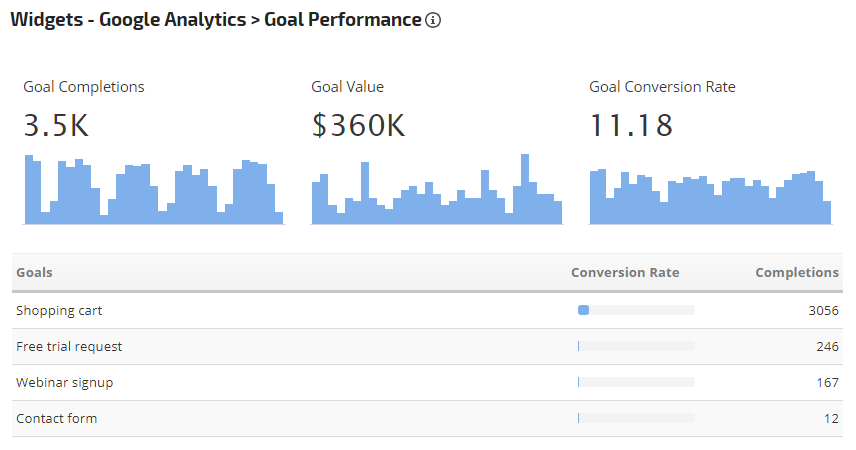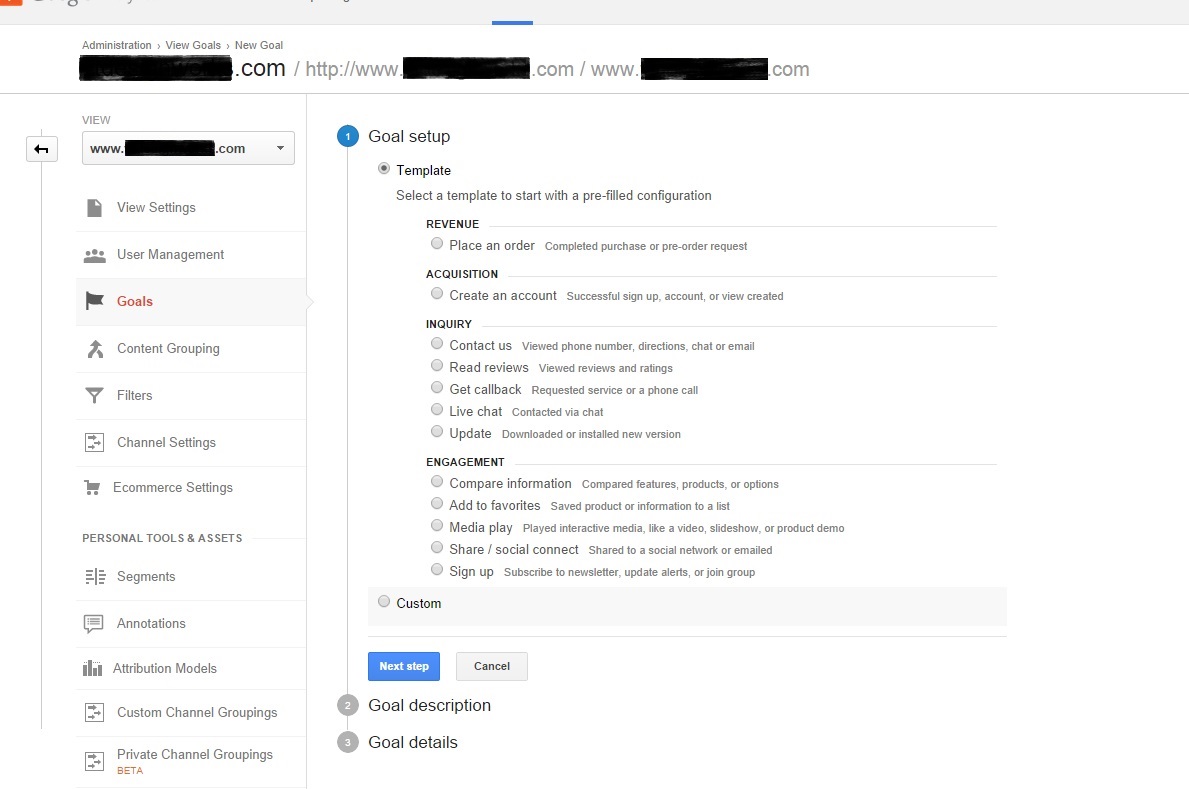Discover What Data Is Google Analytics Goals Unable to Track
Wiki Article
Discover the Limitations of Google Analytics Goals: Introducing the Information Types That Remain Untrackable
As companies progressively rely on data-driven decision-making, comprehending the constraints of tools like Google Analytics becomes paramount. While Google Analytics Goals deal beneficial insights right into individual communications, there exist data kinds that avoid monitoring, posing difficulties to an extensive understanding of individual habits. These untrackable data types question regarding the precision and completeness of the analytics data that companies greatly depend upon for their electronic approaches. Curious to discover the hidden dead spots in your information evaluation process?Insufficient Customer Trip Tracking
Insufficient customer trip tracking within Google Analytics can hinder the capacity to precisely examine customer actions. When the individual journey is not fully tracked, there are gaps in the data that avoid a thorough understanding of just how customers connect with a website. This absence of insight can bring about missed out on chances for optimization and enhancements to the individual experience.One typical problem with incomplete user trip monitoring is the failure to see the full course that customers take previously completing a goal or leaving the website. Without this info, it is challenging to identify where users might be running into barriers or friction points that prevent them from transforming. In addition, incomplete tracking can cover the impact of specific marketing efforts or website adjustments on customer habits.
To address this constraint, it is crucial to establish up appropriate tracking devices within Google Analytics to catch the entire customer journey. This might involve establishing event tracking, objective funnels, or using tools like Google Tag Supervisor to guarantee that no important communications go unrecorded. By gaining a comprehensive sight of the user trip, site proprietors can make more enlightened decisions to boost individual engagement and drive conversions.
Acknowledgment Challenges
Browsing through acknowledgment challenges in Google Analytics calls for a thorough understanding of exactly how different touchpoints contribute to the total conversion process. Attribution challenges emerge from the intricacy of modern-day customer journeys, where users connect with several channels prior to transforming. Google Analytics offers various acknowledgment designs like initial touch, last touch, and linear, each providing a various viewpoint on how credit score is assigned to touchpoints along the conversion course. However, these designs might not constantly properly reflect real effect of each touchpoint on the conversion.One typical attribution obstacle is the problem in attributing conversions to the proper source, especially in instances where individuals interact with multiple networks before transforming. Furthermore, cross-device monitoring presents an additional acknowledgment obstacle, as customers usually switch over in between devices throughout their journey, making it challenging to track their communications effortlessly.
Offline Conversions
Given the difficulties related to attributing conversions accurately in online networks, the dimension of offline conversions provides a substantial opportunity for marketing professionals looking for a much more comprehensive understanding of their consumers' journey. Offline conversions describe actions that consumers take in the real world, such as making acquisitions in brick-and-mortar stores or over the phone, participating in occasions, or engaging with published materials - what Web Site data is google analytics goals unable to track. These conversions are crucial for services that run both online and offline, as they provide useful understandings right into the effectiveness of advertising and marketing projects across different touchpointsTracking offline conversions generally posed a considerable obstacle for marketing professionals, as it was testing to attach these actions back to certain on-line interactions accurately. With developments in innovation, such as the assimilation of CRM systems, unique identifiers, and promo code codes, services can currently connect the space between online and offline data additional resources to get a much more alternative view of customer behavior. By effectively measuring offline conversions, marketing professionals can maximize their approaches, allot sources a lot more successfully, and inevitably boost the total client experience.
Cross-Device Tracking
Cross-device tracking plays a vital role in recognizing the interconnected nature of customers' digital interactions throughout multiple tools. In today's omnichannel world, where individuals seamlessly switch in between desktop computers, smartphones, and tablets, tracking their actions throughout these tools is essential for marketers to obtain a comprehensive view of their client journey.
Additionally, privacy problems and laws such as GDPR and CCPA have further complex cross-device monitoring. With individuals demanding more control over their data and enhanced constraints on tracking innovations, online marketers have to find privacy-compliant and ingenious ways to attach customer interactions throughout gadgets.
Dynamic Material Involvement
Comprehending individual involvement with dynamic material is crucial in optimizing digital advertising approaches for improved audience interaction. Dynamic web content describes internet site components that transform based upon individual actions, choices, or various other aspects, using a personalized experience. Tracking customer interactions with vibrant material poses obstacles for typical analytics devices like Google Analytics.While Google Analytics can track fundamental interactions like clicks and page views, it might struggle to capture more nuanced engagements within vibrant material. what data is google analytics goals unable to track. Metrics such as time invested in published here particular vibrant aspects, float actions, or communications within pop-ups are usually not quickly quantifiable utilizing basic monitoring approaches. This restriction prevents marketing experts' capacity to fully realize exactly how users are engaging with dynamic web content and customize their techniques appropriately

Conclusion
To conclude, Google Analytics objectives have constraints in tracking insufficient customer trips, attributing conversions precisely, catching offline conversions, tracking cross-device interactions, and measuring dynamic material involvement. These restraints highlight the importance of exploring additional monitoring approaches and tools to acquire a much more thorough understanding of customer actions and conversions past what Google Analytics can give.While Google Analytics Goals deal useful understandings right into customer interactions, there exist data types that elude tracking, positioning difficulties to a thorough understanding of user behavior.Insufficient customer journey tracking within Google Analytics can hinder the capacity to properly examine individual behavior. When the individual journey is not completely tracked, there are gaps in the information that protect against a comprehensive understanding of just how individuals communicate with a web site.One typical problem with incomplete customer trip monitoring is the failure to see the complete course that customers take previously completing a goal or leaving the website. By obtaining a thorough view of the customer trip, site proprietors can make even more informed choices to improve customer interaction and drive conversions.
Report this wiki page